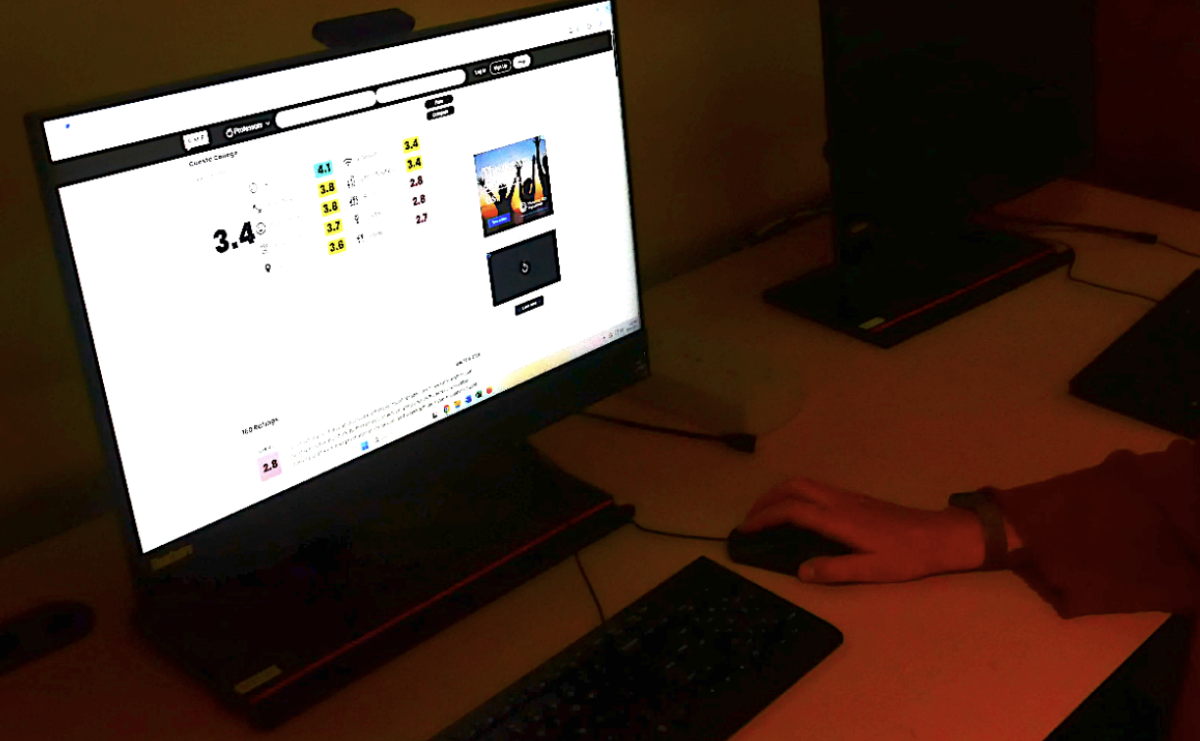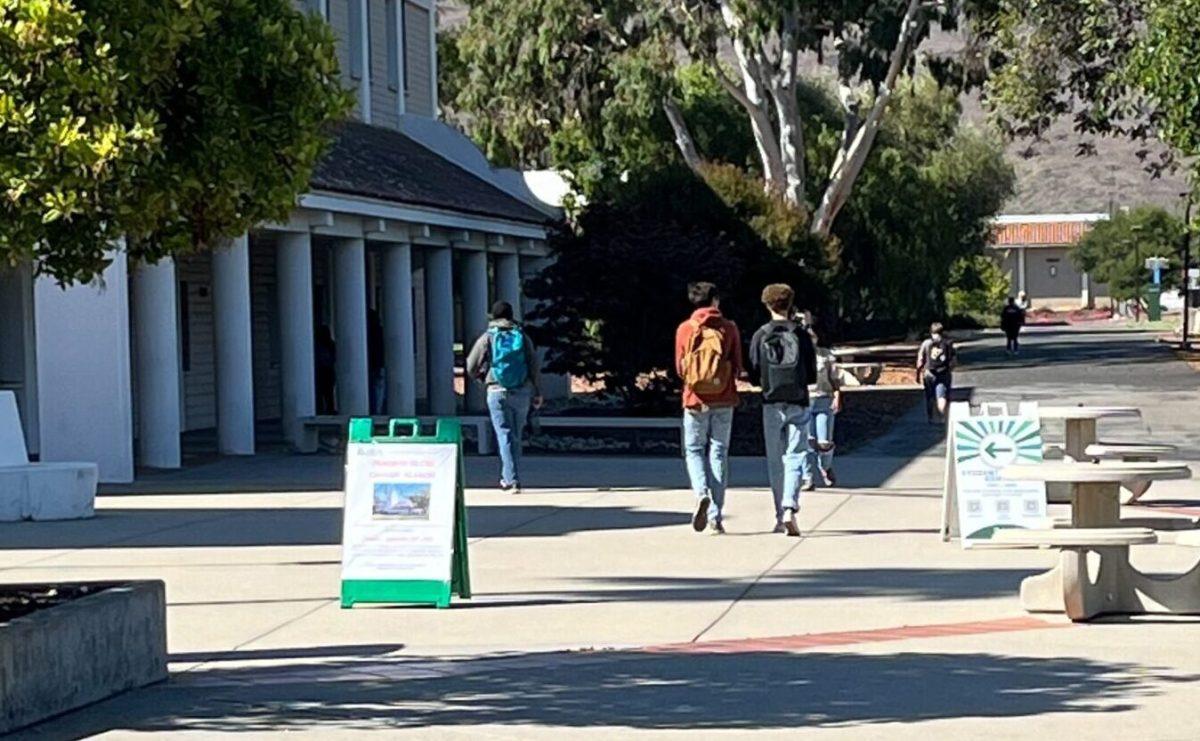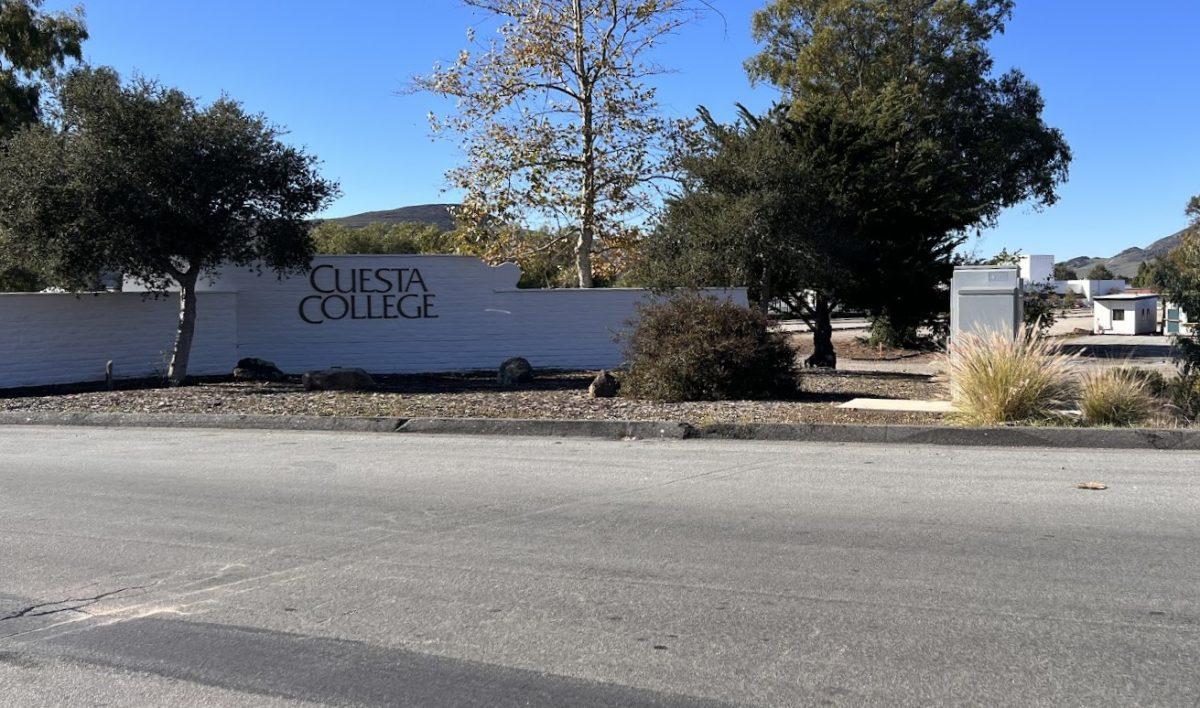Light pollution prevents most people from witnessing the marvels of the universe.
Whether it’s stars, galaxies or the Taurid meteor shower, San Luis Obispo County offers its residents and visitors the opportunity to see everything that the night sky has to offer.
Fireballs, a phenomenon where meteors are brighter than Venus, fell from a star-filled sky on Nov. 9, the night my friend and I decided to witness the universe. The Taurid meteor shower was in full effect, and a friend and I camped in Carrizo Plain National Monument to watch it.
The Taurid meteor shower is an astronomical event that typically occurs between the months of October and November. The Taurids, northern and southern, are meteor streams believed to be set off by an asteroid related to the comet, 2p/Encke.
Encke, a comet 2.98 miles in diameter, was named after the German astronomer who tracked its orbit, Johann Franz Encke. As Earth moves through space and passes near the comet Encke, it is subjected to the icy debris left over from the comet’s orbit. The comet dust is known as a meteor stream.
It’s this long trail that the comet leaves behind in its orbit which creates the meteor stream, said Cuesta College Astronomy Instructor Patrick Len.
The Taurid meteor shower’s radiant point, which is where the meteors emanate from, is located near the constellation Taurus. As earth travels through space, the meteors are traveling parallel to one another as they hit Earth’s atmosphere. If you’re looking from earth, directly under the radiant point, the meteors will appear to fall from all around you, similar to sitting beneath a shower head and watching drops of water fall from above.
“If you look at the constellation Taurus, all the streaks will come from that part of the sky and radiate outwards,” Len said. “You just lay on the ground, very warmly, and wait and see.”
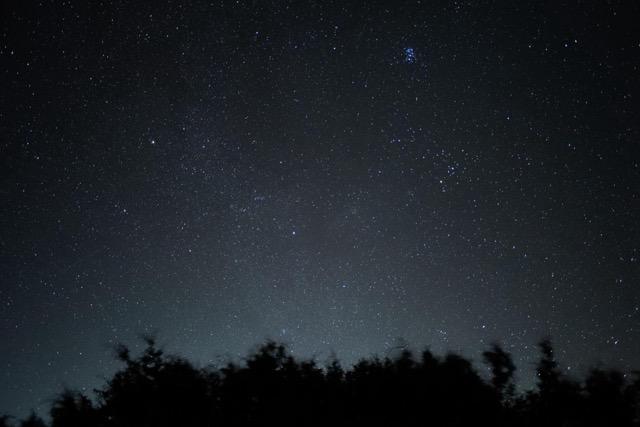
The plan was to camp at Carrizo Plain National Monument, an hour and a half northeast of San Luis Obispo. The San Andreas fault line, responsible for the rolling hills and valleys that surround the area, is visible from hikes along the ridge.
The drive into Carrizo is flat and two laned. The desert landscape is speckled with abandoned shacks, and old houses with makeshift fences.
Spray painted in white letters on one of those fences reads: “Keep out, No trespassing and Trespass at your own risk.”
Visitors flock to the plain in the spring months of March and April to take photos of what is known as a super bloom. Patterns of baby blue, yellow daisies, fiddlenecks and goldfields cover the plain and contrast an open expanse of dirt and rolling hills devoid of any city influence. Which, for the purpose of star gazing, should all but guarantee a chance sighting of the Taurid meteor shower.
View this post on Instagram
Before turning down the gravel road toward the Selby Campground, we took a detour down another gravel road, following the sign for Painted Rock.
Painted Rock is a large sandstone formation in the middle of a valley, nestled within the Carrizo Plain National Monument. According to the Bureau of Land Management (BLM) website, about 3,000 to 4,000 years ago, Native Americans painted their sacred images within the alcove of the rock. It is believed the painted images were an expression of cultural and religious beliefs at the time.

To see the Painted Rock, apply for tickets on the BLM website. Tickets cost $1.00 a visitor, and include a gate code needed to access the road leading to the site. The road ends at a parking lot, where a short hike will take you all the way to Painted Rock.
Painted Rock has attracted visitors since the 1900s. The Carrizo Plain was once a homestead for hopeful grain farmers. Old tractors and harvesters from the 1940s are lined up for display near the visitor center for Painted Rock. And, chiseled in with the Native American pictographs, are graffitied names with dates reaching back to 1908.
Instead of staying at the Selby Campground, we decided to veer right and take the BLM road to find a peak with the best visibility for stargazing. The road is unpaved and steep at times; four-wheel or all wheel drive is recommended. There is a gate marking the entrance to this road, which can be closed at times due to heavy rainfall.
We set up camp just before sunset and prepared for the temperature to drop into the low 40s Fahrenheit. Due to fire restrictions put in place by the BLM, we were without a heat source. We made due with hot coffee, heavy jackets and wool blankets. With every hour that passed, the stars became a little brighter, until the Milky Way galaxy was in full view directly above us.
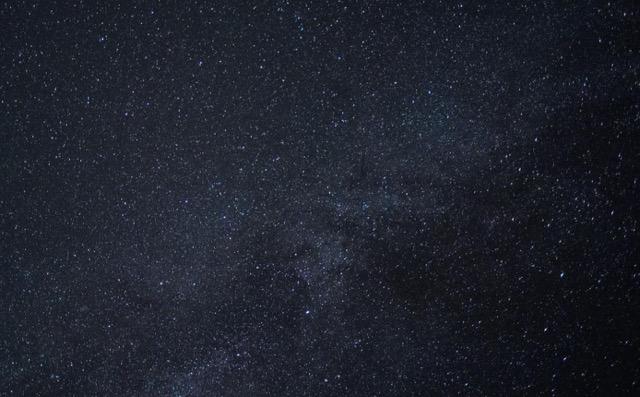
We located the Taurus constellation and watched it steadily climb higher in the sky, peaking around midnight. Occasionally, amid conversation, brilliant streaks of light would fall in our peripherals, resulting in involuntary shrieks from both of us, and always followed up with the same question:
“Did you see that?”












